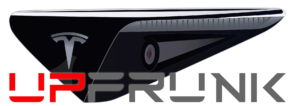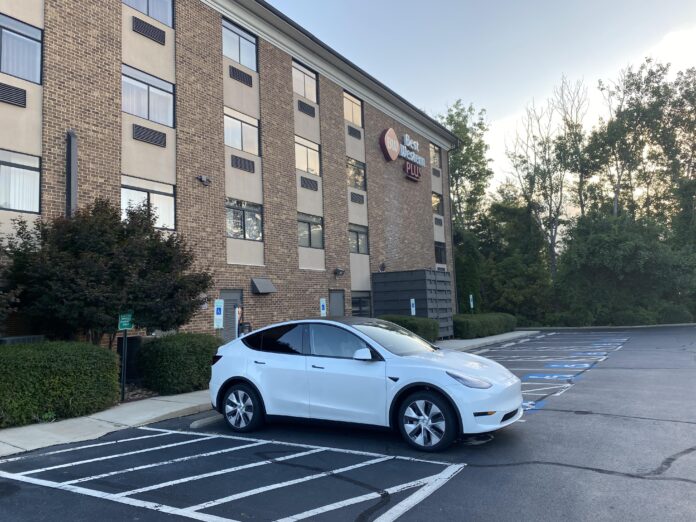Charging your Tesla on the go in North America is straightforward but knowing which connectors and adapters work at various charging stations can help you maximize convenience and avoid interruptions. Each connector type has specific advantages based on the charging level and location, so here’s a breakdown to ensure you’re prepared for all situations.
Tesla’s NACS Connector
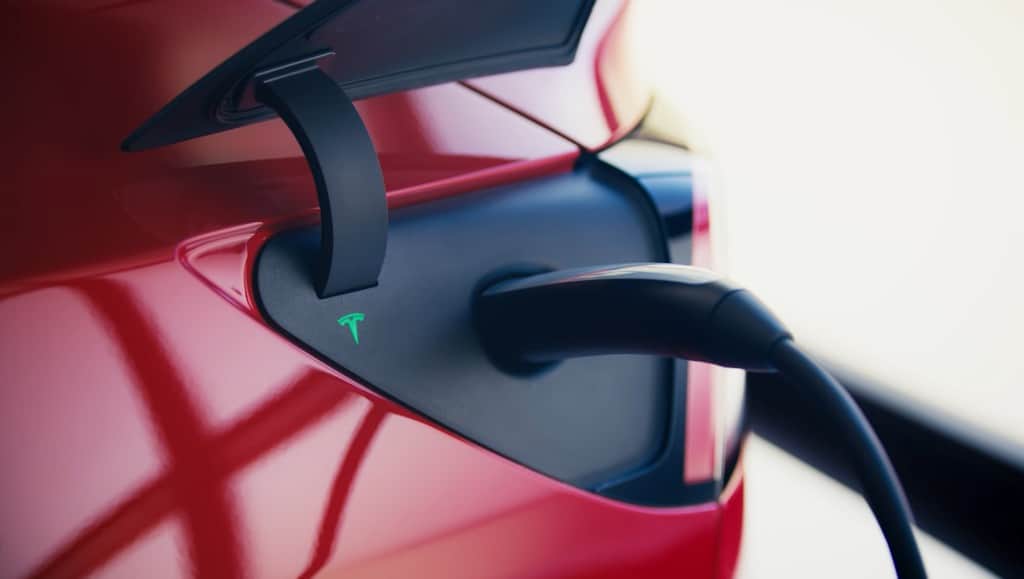
The North American Charging Standard (NACS), more commonly referred to as the Tesla connector, is your default option for Level 1, Level 2, and Tesla’s fast Level 3 charging. It’s designed to work with Tesla’s extensive Supercharger network and home charging setups without the need for any adapters. This ease of use means you can simply plug in at a Supercharger or home Tesla Wall Connector and charge without additional equipment. Whether you’re charging overnight or stopping for a quick Supercharge on a road trip, the NACS connector is Tesla’s universal option for seamless charging across all Tesla stations.
J1772 for Non-Tesla Level 1 and 2 Charging
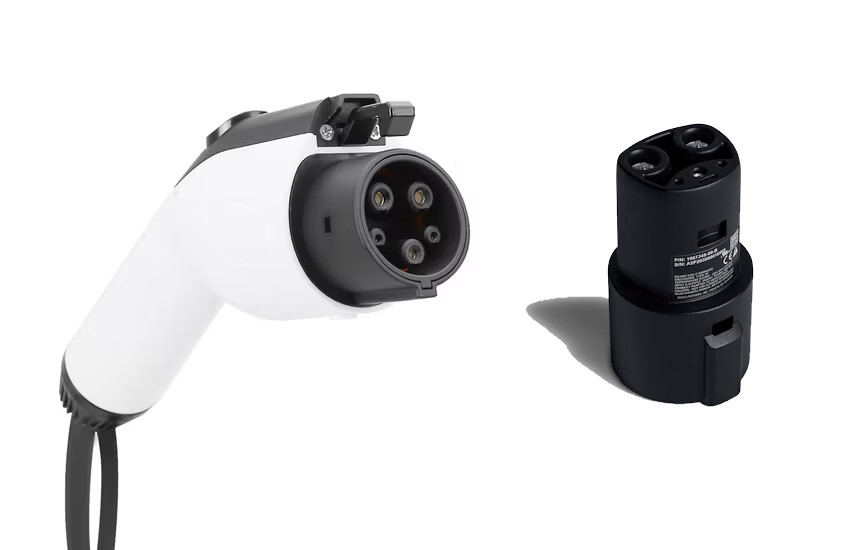
When traveling and staying at places like hotels or public parking areas that offer charging, you’ll likely find the J1772 connector. This connector is widely used for Level 1 (standard home outlet charging) and Level 2 (240-volt, like a dryer outlet) charging stations and home chargers for non-Teslas across North America. Fortunately, your Tesla comes with a J1772 adapter, so you can easily use these chargers. Just attach the adapter to the charging cable’s end and plug it into your Tesla. Because J1772 stations are popular at many hotels and destination chargers, keeping your J1772 adapter in your car can ensure you’re always ready to connect to available chargers while traveling.
CCS Connector for Level 3 Fast Charging
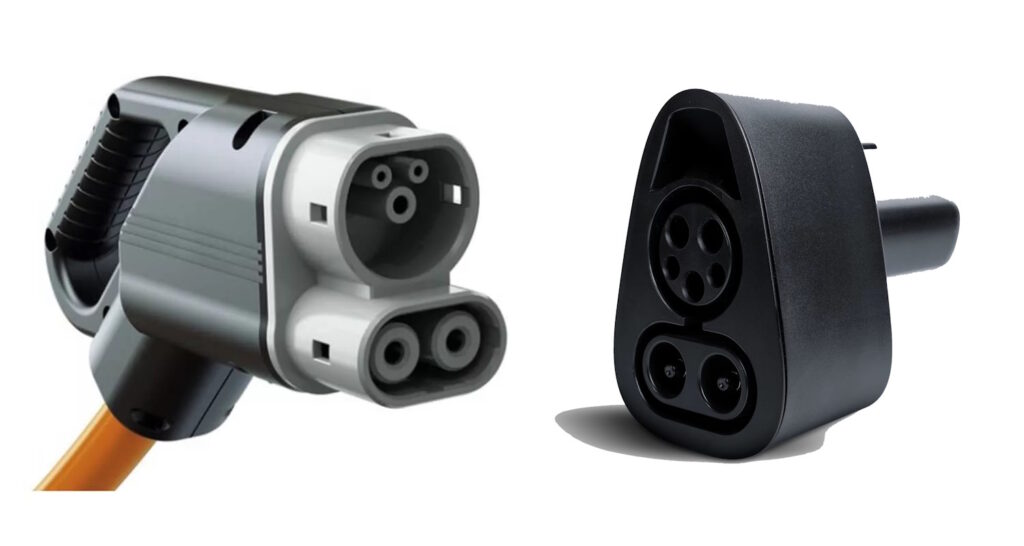
If you need to use a non-Tesla Level 3 charging station, such as Electrify America or EVgo, a CCS (Combined Charging System) adapter is essential. While the CCS connector has become common for many high-speed charging stations, it requires a specific adapter to work with Tesla vehicles. Tesla provides a compatible CCS adapter available for purchase through their store, which is particularly useful if you’re planning long trips and want more flexibility to charge quickly at non-Tesla stations.
Additionally, if your Tesla is an older model (generally those produced before 2022), it may require a retrofit to enable CCS compatibility. This is because some older models lack the necessary hardware for CCS communication. Tesla offers retrofit services at their service centers to equip older vehicles with CCS compatibility, ensuring all Tesla owners have access to fast, non-Tesla charging networks.
Choosing Reliable Adapters
While there are third-party CCS adapters available, Tesla’s official adapters tend to have a higher standard of reliability, especially for the high-voltage demands of Level 3 charging. Low-quality adapters can pose risks, including overheating or inconsistent charging speeds, which may lead to interruptions or even damage to your vehicle’s charging system. When it comes to adapters, especially for high-speed charging, investing in Tesla’s official options can save you from potential complications.
Summing Up: Which Adapter for Which Station?
- NACS Connector: Use for Tesla’s Superchargers and home Tesla chargers (no adapter needed).
- J1772 Adapter: Use for Level 1 and 2 non-Tesla chargers at hotels, shopping centers, and other public stations.
- CCS Adapter: For Level 3 fast-charging at non-Tesla stations (older models may need a retrofit).
There are other connectors available. You may come across a ChaDeMO, which isn’t as common anymore, or overseas connectors like the GB/T or Mennekes, but within North America, these aren’t as common. In the coming years, as other manufacturers move to the NACS standard, even the CCS will become less common.
Most people will be fine with Tesla Superchargers, or the J1772 for slow-charging at a hotel, but if you do a lot of road trips, having a CCS adapter on hand gives you some flexibility.
Having a complete understanding of Tesla’s charging capabilities and the role of each connector ensures your trips and daily charging needs remain stress-free. With the right equipment, you can take full advantage of all charging networks across North America.
